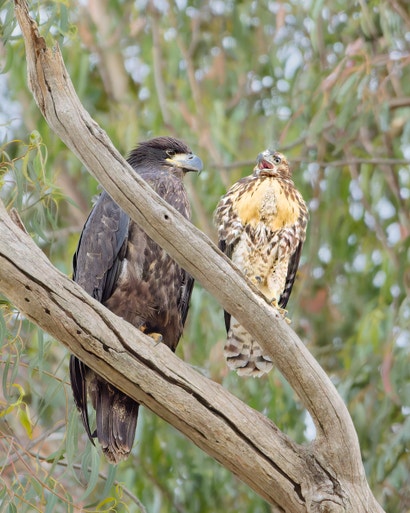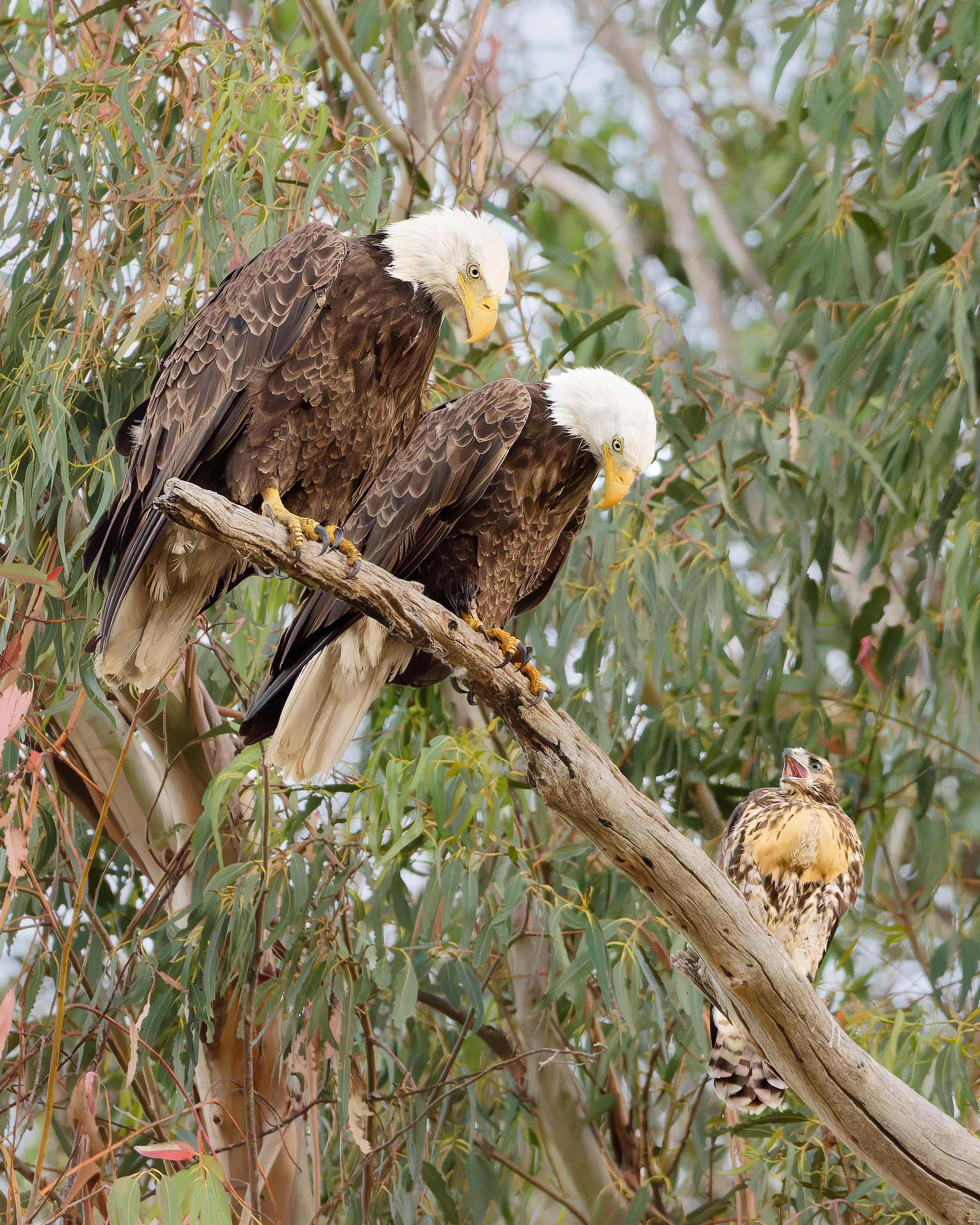this post was submitted on 05 Sep 2024
236 points (100.0% liked)
birding
3610 readers
52 users here now
A community for people who like birds, birdwatching and birding in general!
Feel free to share your photos and other birding-related content here. If a photo you post isn't yours, please credit the original creator! Additionally, it would be appreciated if the location of the sighting and a date were given when a photo or question is posted. You do not have to give the precise location, something like "Northern Idaho, June 2023" or even "North-Western US, June 2023" suffices.
founded 1 year ago
MODERATORS
you are viewing a single comment's thread
view the rest of the comments
view the rest of the comments


I couldn't find any more info on this beyond the original article.
If you do search for the photographer, Parham Pourahmad, he seems to have been winning many awards and accolades, so you may want to look at his other pics if you like this.
As to why the eagles eventually turned on the hawk, I couldn't find anything conclusive, but I found a before and after set of stories about another incident in California last year, and an older one in British Columbia that had a better ending, so by looking at a success and a failure, we can deduce a few things.
The eagles grow a bit slower than hawks, but we don't know from the story how big these eagles were compared to the hawk. The eagles are larger and more aggressive, and the hawk may have gotten injured, either through competition for food or fighting with the adoptive siblings. Also, if food being delivered to the nest was limited to begin with, the eagles may have outcompeted the hawk for what was available. Once injured or at the beginning stages of starvation/dehydration, it only gets more and more difficult to get food from the eaglets. Reading the behavior descriptions in the success article, it seems a very strong personality would be required to survive even in a fairly "safe" eagle's nest.
The articles have some great pics and info, so give them a look!
CA Before Article
CA After Article
BC Successful Article